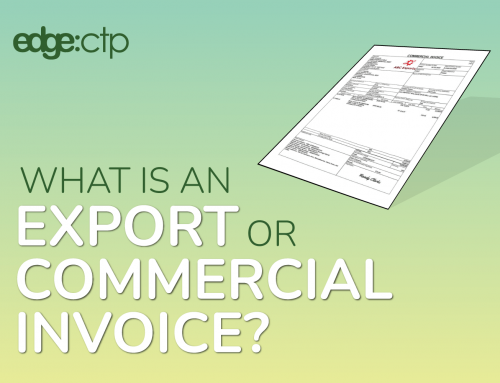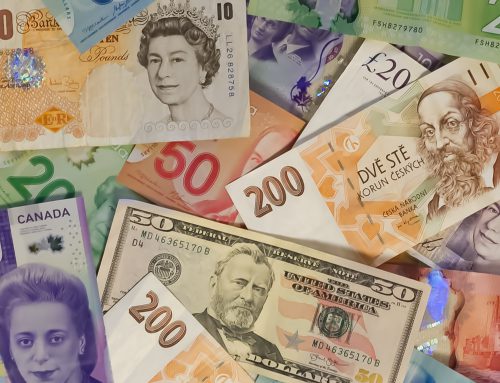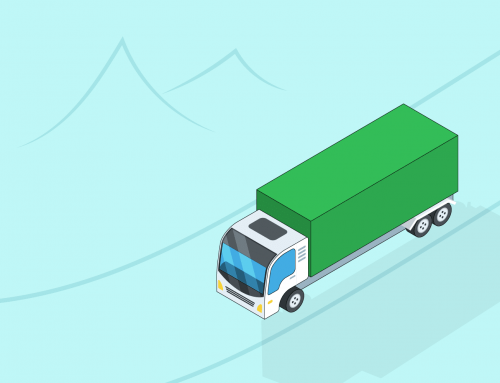Overview: How to get Products Overseas
I’m Geoff Runcie and at the start of 2015, I was lucky enough to be involved in a series of sessions with the International Trade expert, Murdo Beaton. We were accompanied by Abdul Mann, whose team has built a range of international trade solutions under the brand EDGE. Abdul helped to explore some of the ideas Murdo presented in his answers about how to get my product overseas.
Today you’ll hear one of ten questions presented to Murdo, but if you want access to the entire session or future sessions, there is a link at the end of this blog. Alternatively, feel free to drop me an email on Support or visit Our Blog.
A full transcript of this session has been provided below.
Geoff:
What steps should I take to get my products overseas?
Murdo:
On the assumption that I’ve done my research and I’ve identified that there is a potential for my product in the overseas market, my next stage is to identify the compatibility of my product or service with the requirements of that particular International market. If my product or service requires modification, I need to consider that. Until that is done my product, although offering a potential, can only do so on the basis of some slight modification or adjustment.
When I’m comfortable that we have done that, I now look at the channel of distribution that I am going to be using with my business model. Is my business model, by virtue of the research I’ve carried out, suggesting that I should be dealing directly with the end-user? Or is it suggesting I should be dealing with an agent? Or is it suggesting I should be dealing with a distributor? I need to get my supply chain into the market sorted out.
(Scroll down to continue…..)
I’ve sorted out my product, it’s fit for purpose, and I now need to sort out my supply chain. Which route am I taking? The research would also have determined for me, which route it should be. So, if it’s a distributor, I need to look at identifying a distributor and setting up a distribution agreement. If it’s an agent, I need to look for an agent and set up an agency agreement. So these are initial stages in getting my product to the market.
Abdul:
Murdo, would you say that one of the ways to kind of dip your toe in the water would be to start small, so do small scale thing first, then scale it upwards as time progresses and your experience progresses?
Murdo:
Yes, I would imagine that one would like to harbor the idea that I can always just dip my toe in the water. Now, that is on the basis that your target market will allow you just to dip your toe in the water. They might want you to put your foot up to the knee in the water in the first instance because their demands are something that they want to be met. Trying to meet their demands with your wee (little) toe might not be adequate for them. So, it depends again on, what does the market dictates?
However, whatever the market dictates it is up to the business leader to determine that “that’s a stage too far”, or “yes I’m comfortable with going that far.” Quantities are usually one of the main things, quantities, and prices….are usually the main things. So yes, these things have to be taken on board and considered, but again in the initial stages, product compatibility and the distribution channel, all the procedures that need to be put into place for that.
Geoff:
I hope you enjoyed this audio. If you’d like more information on international trade, go to www.edgectp.com.





